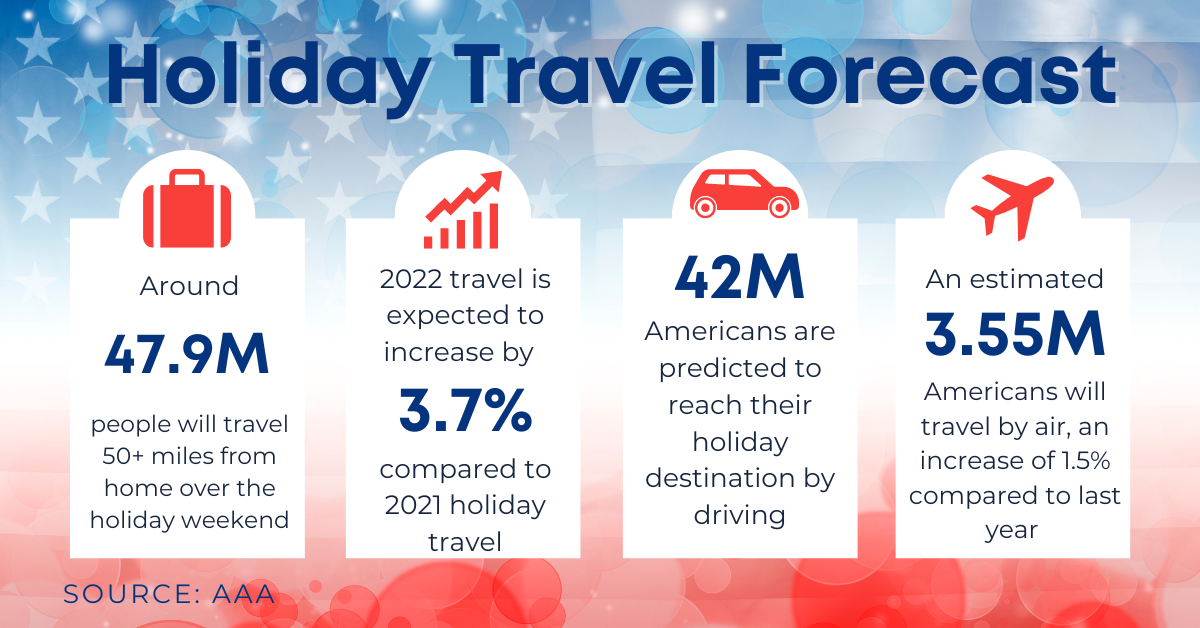
By: Nancy Germond, Executive Director of Risk Management & Education, Big "I"
Are your clients, both commercial and personal, at a greater flood risk than they know? If your clients rely solely on the Federal Emergency Management Agency (FEMA) flood maps, your clients' property may be at much higher risk than predicted by FEMA maps. According to the New York Times, FEMA maps do not account for intense rainfall-created flooding.
Climate challenges change flood risks throughout the US and abroad
Until recently, reinsurers considered flood risks “secondary perils." Primary perils are events that generate large losses and are routinely “modeled," such as earthquakes and tropical cyclones. Many carriers had considered flooding a “secondary peril," a smaller or mid-sized event. However, those days are gone, according to one expert in a recent Burns & Wilcox online seminar on flooding risks. Flood risk is a major concern to today's insurers and reinsurers.
In the U.S. according to CBS news, over 700,000 commercial real estate buildings, apartments, malls and office complexes face flooding risk in 2022 that could reduce business access and incur economic losses approaching $50 billion yearly. Homeowners, too, face significant flooding risks from rising inland waters, coastal storms, increased rainfall, and other water-related deluges.
Add increased urban infill and greater population growth along coastlines to the mix and your insureds may not recognize the risks facing them.
A New Tool to Measure Flood and Wildfire Risks
A non-profit, First Street Foundation, formed by academics and climate experts, offers a free, online tool that analyzes current flood data to predict a property's flood risk. The tool categorizes flood risk from minor to extreme. After entering an address, you will receive a “Risk Factor™" analysis, with flood-risk categories ranging from minor to extreme. The analysis includes flooding that can occur from swollen rivers, rainfall, tidal flooding, and storm surge. Enter the property location to determine its risk of flooding and wildfire.
An article in the New York Times stated that Risk Factor showed a “vast increase in [flood] risk compared with official estimates." Even updated flood maps are “decades old," according to the Times article, and Risk Factor includes areas not yet mapped in some instances. The article went on to say that even though Risk Factor may “overestimate some risks," FEMA welcomed the additional input provided by Risk Factor.
Relying Solely on FEMA Flood Maps Can Be Problematic
First Street Foundation evaluated the City of Chicago's flood risks. While FEMA maps showed that 0.3% of properties in Chicago were within the 100-year flood zone, First Street found about 13% of the Chicago properties were in danger of flooding. This was more than 75,000 properties than FEMA maps predicted.
Put your own property address in at this link to see both flood risk and wildfire risk. For example, I put in our vacation property address located in Skull Valley, Arizona (it's prettier than it sounds), population 350. While our property address did not appear, the 86338-zip code did, and I received this result.
As you can see, we're more at risk from wildfire, but flood risks could also be problematic. But wait, there's more. The model also predicts the impact of flooding on roads, commercial buildings, and critical infrastructure in that zip code.
Risk Factor is a new tool you can use to help your insureds decide on their need for flood insurance, and to evaluate their wildfire risk.
Reminding your insureds about their flood risks and coverage options
It is always prudent to remind your insureds that their property coverages do not include the risk of flooding (where applicable). Simply because their lenders do not require flood insurance does not mean their property is not at significant risk of flooding. With the summer monsoon season and hurricane season ahead, reminding your insureds of flood coverage limitations can help protect your agency in the event of a claim involving surface water.
Additionally, National Flood Insurance policies may not provide adequate coverage for your clients' property values, especially considering recent greatly increased construction costs.
Risks of flooding and wildfire are two great reasons to reach out to your insureds
With the increase in flooding risks, you can protect yourself and your agency by recommending flood insurance with every property policy you place, even if the lender does not require flood insurance. Reminding your clients at policy inception and at policy renewal that no flood coverage applies under the homeowners policy, or the commercial property policy, can help guard you against a professional liability claim.
This article was originally published on independentagent.com in May.



